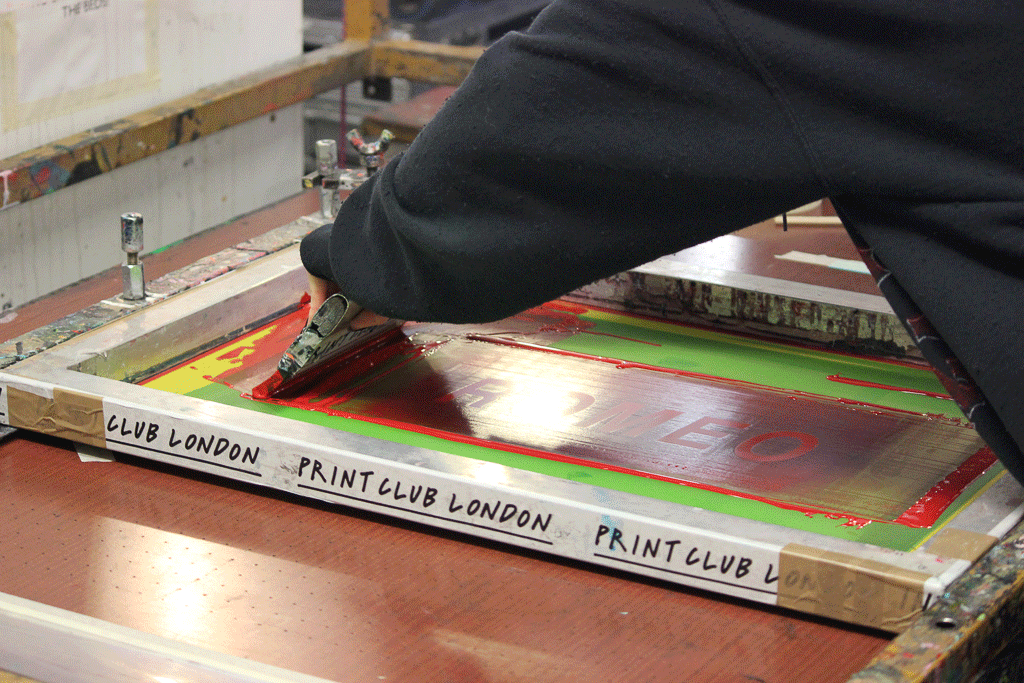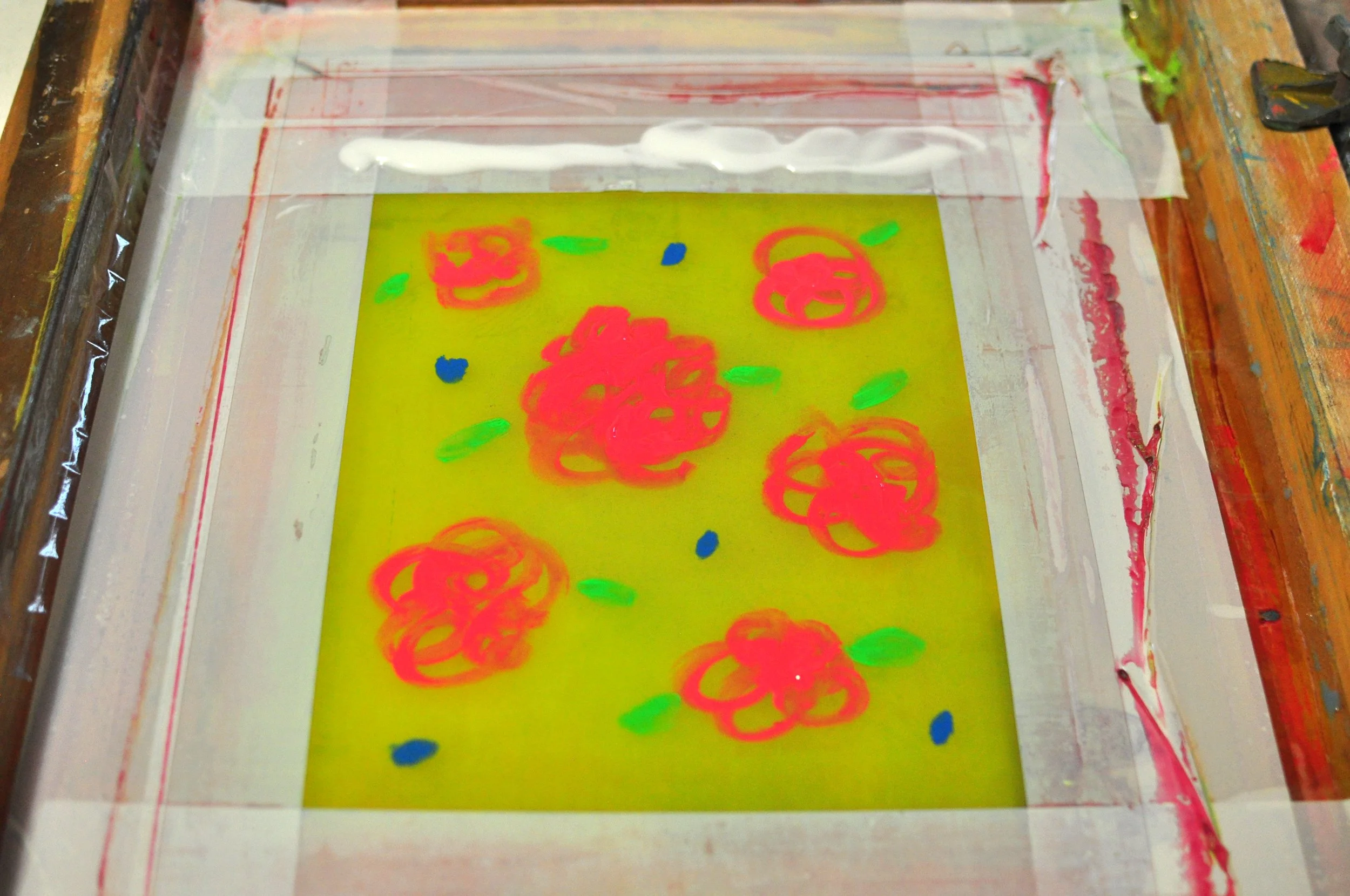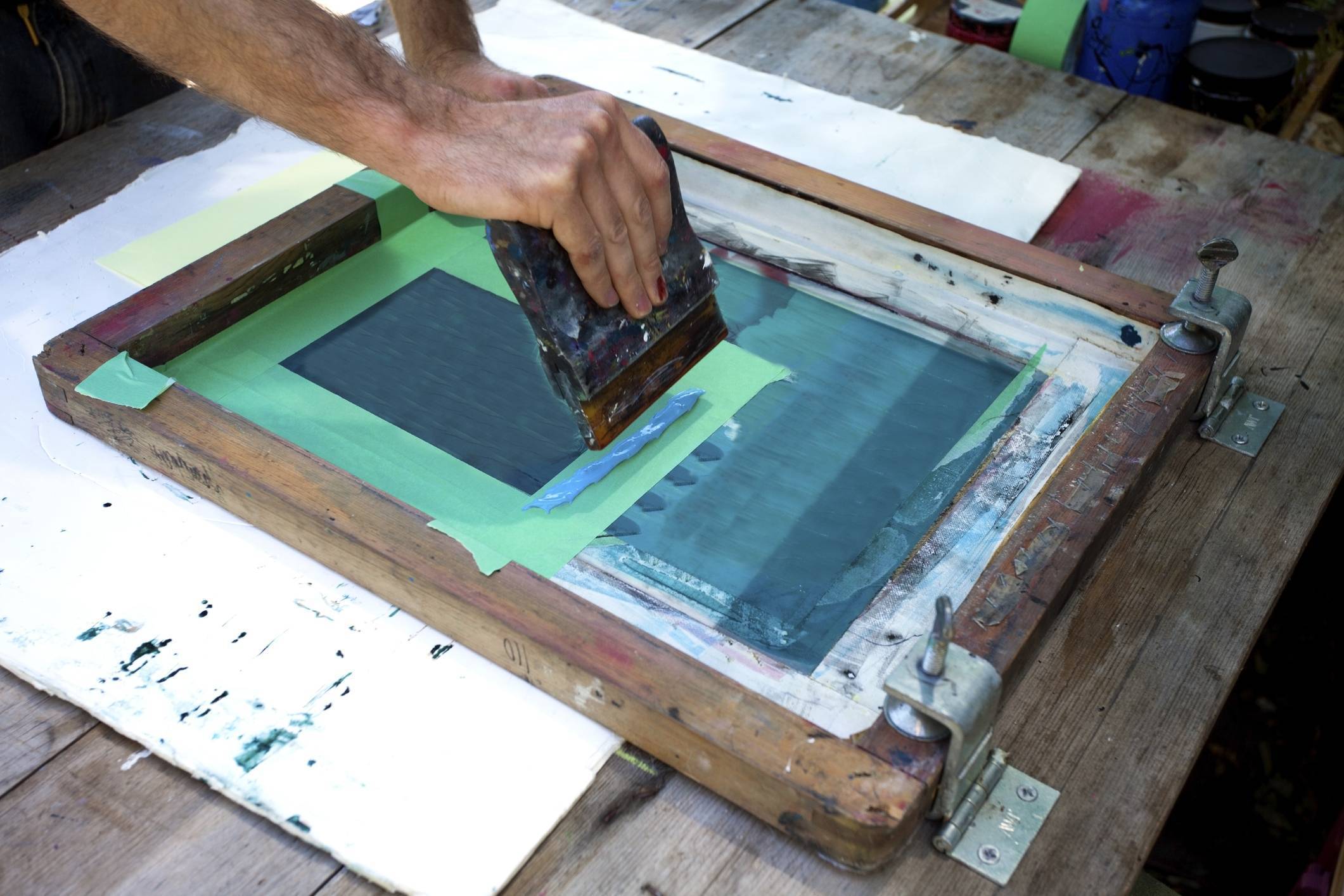ChatGPT said: Everything you need to know about 10:9 Design LLC Company and their screen printing services
The Vital Guide to Recognizing Screen Printing and Its Versatile Uses
Screen printing has an abundant history that goes back to ancient times, advancing into a sophisticated method used throughout numerous markets today. This overview checks out the details of the screen printing process, describing its applications in fashion, advertising and marketing, and home decoration - 10:9 Design Company. Comprehending these principles can open up creative capacity for both business and artistic jobs. The following sections will disclose important ideas and strategies to enhance one's screen printing endeavors
The History of Screen Printing
Although screen printing has origins that map back centuries, its evolution reflects the creative and technical innovations of various cultures. Coming from in ancient China, the method was at first utilized for embellishing fabrics and later infect Japan, where it ended up being important to Ukiyo-e woodblock printing. The technique moved to Europe in the 18th century, where it got appeal amongst artisans and industrial printers. The creation of picture emulsion in the 20th century transformed screen printing, enabling for more elaborate styles and greater efficiency. Artists like Andy Warhol further propelled its appeal, using the medium to create iconic jobs that mixed commercialism and fine art. By the late 20th century, screen printing had developed itself as a functional method, employed in fashion, advertising, and art. Today, it remains to develop, integrating electronic modern technology and increasing its applications across different industries.
The Screen Printing Process Explained
Screen printing transforms artistic visions right into substantial layouts via a collection of specific steps. An image is created and then moved onto a screen, usually made of great mesh material stretched over a framework. A light-sensitive emulsion is used to the screen, which is exposed to light, setting in areas not covered by the photo. After washing out the unhardened emulsion, a pattern is developed.
Next, the screen is put over the substrate, whether it be material, paper, or another material. Ink is then pushed with the open locations of the stencil utilizing a squeegee, depositing the style onto the substratum listed below. This process can be duplicated for numerous colors, needing different screens for each and every hue. The printed product is treated making use of heat to ensure the ink sticks effectively, resulting in a resilient, lively layout ready for use.
Kinds Of Screen Printing Techniques

Additionally, specialized techniques, such as discharge screen printing, remove color from the textile to produce softer prints, while aluminum foil screen printing applies metallic aluminum foil to attain a shiny finish (10:9 Design Embroidery). Each method provides distinctive qualities, catering to numerous innovative needs and production ranges, ultimately broadening the opportunities within the screen printing domain name
Applications of Screen Printing in Various Industries

Furthermore, the signs and marketing fields utilize screen printing for producing eye-catching screens and banners. This approach enables strong shades and intricate styles that catch focus. In electronics, screen printing is employed for applying conductive inks to circuit card, important for component connections. Additionally, the home style industry embraces screen printing to produce distinctive styles on textiles and wall surface art. Overall, screen printing functions as a vital device throughout diverse fields, improving items with individualized and aesthetically enticing graphics.
Tips for Effective Screen Printing Projects
While taking on a screen printing task, mindful focus to information can substantially boost the last result. First, choosing top notch products is vital; this includes the screen, inks, and substrates. Using suitable mesh counts can impact ink deposition and information resolution. Prep work is just as vital; thorough cleaning of screens and proper exposure times ensure crisp prints.
Next, precise registration is crucial for multi-color prints. Utilizing alignment devices can aid accomplish accurate layering. Furthermore, testing prints on scrap products before production helps identify possible concerns without losing resources.

Often Asked Concerns
What Materials Are Finest for Screen Printing on Material?
Cotton and polyester blends are optimal for screen printing on material because of their sturdiness and ink absorption. Furthermore, specialty fabrics like silk or canvas can produce unique textures and finishes, improving the overall layout top quality.
Exactly how Do I Clean and Maintain Screen Printing Equipment?
To clean and keep screen printing equipment, one should routinely wash displays with proper solvents, check squeegees for wear, lubricate relocating parts, and store all things in a completely dry, dust-free atmosphere to extend their life expectancy.
What Are the Environmental Influences of Screen Printing?
Screen printing can have considerable environmental impacts, consisting of chemical waste from solvents and inks, water usage during cleansing procedures, and energy intake. Environmentally friendly materials and lasting methods are click reference important for decreasing these unfavorable effects.
Can Screen Printing Be Done in the house Properly?
Screen printing can be successfully done at home with the best materials and techniques. Enthusiasts can produce quality prints, though success relies on their skill degree, equipment, and understanding of the procedure entailed.
What Are the Expenses Associated With Beginning a Display Printing Company?

Beginning a screen see post printing business involves costs for tools, materials, and work area. First expenses generally vary from a couple of hundred to several thousand dollars, depending upon the range, high quality of equipment, and wanted manufacturing ability.
Screen printing has an abundant background that dates back to old times, evolving into a sophisticated technique used across various markets today. One more method, rotary screen printing, utilizes cylindrical screens, assisting in constant printing on material rolls, thus improving effectiveness for large-scale productions. Furthermore, specialized methods, such as discharge screen printing, eliminate dye from the fabric to create softer prints, while foil screen printing uses metal aluminum foil to accomplish a shiny finish. In the fashion sector, screen printing is widely made use of to produce dynamic designs on apparel, making it possible for brand names to showcase their distinct styles. Cotton and polyester blends are ideal for screen printing on textile due to their longevity and ink absorption.